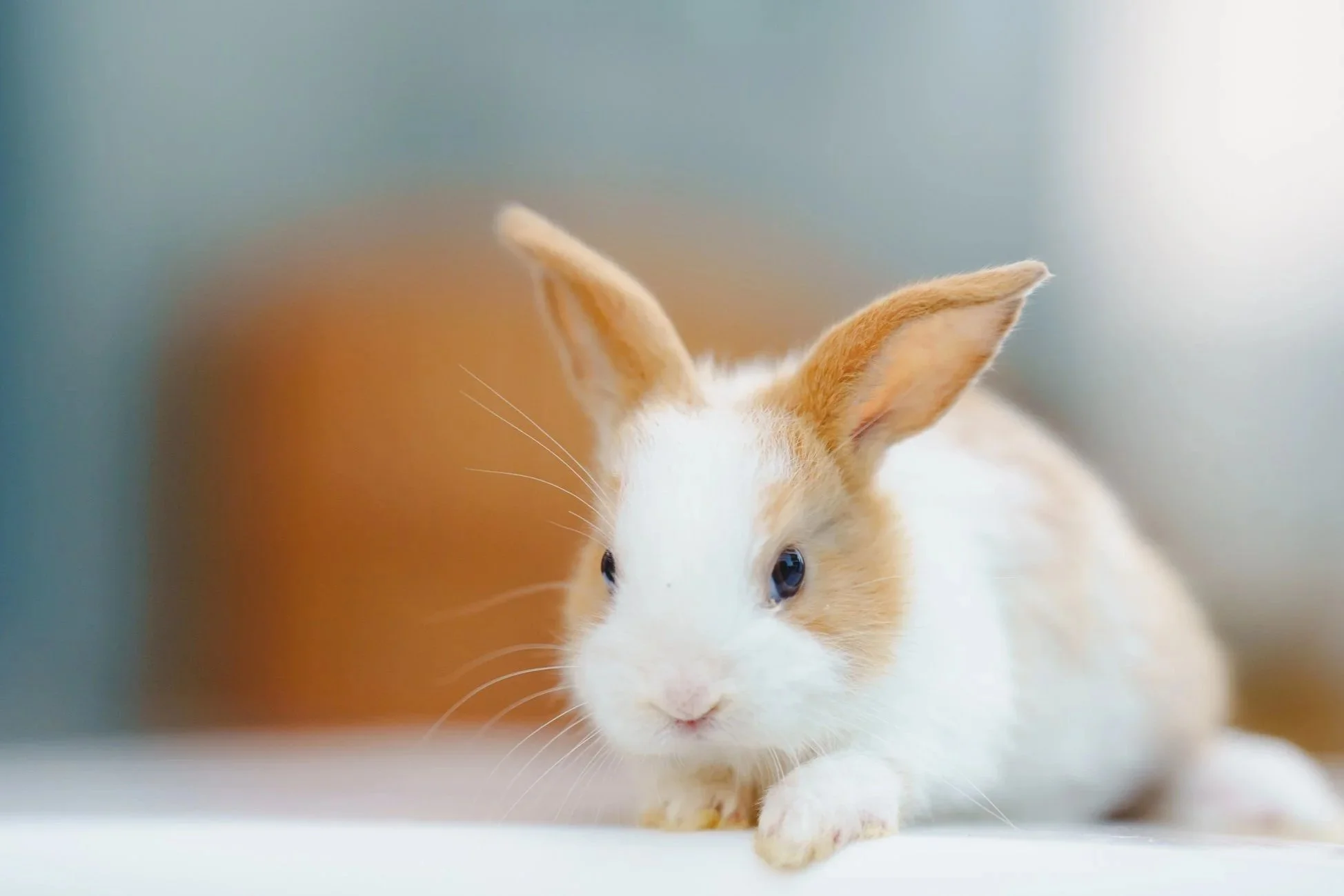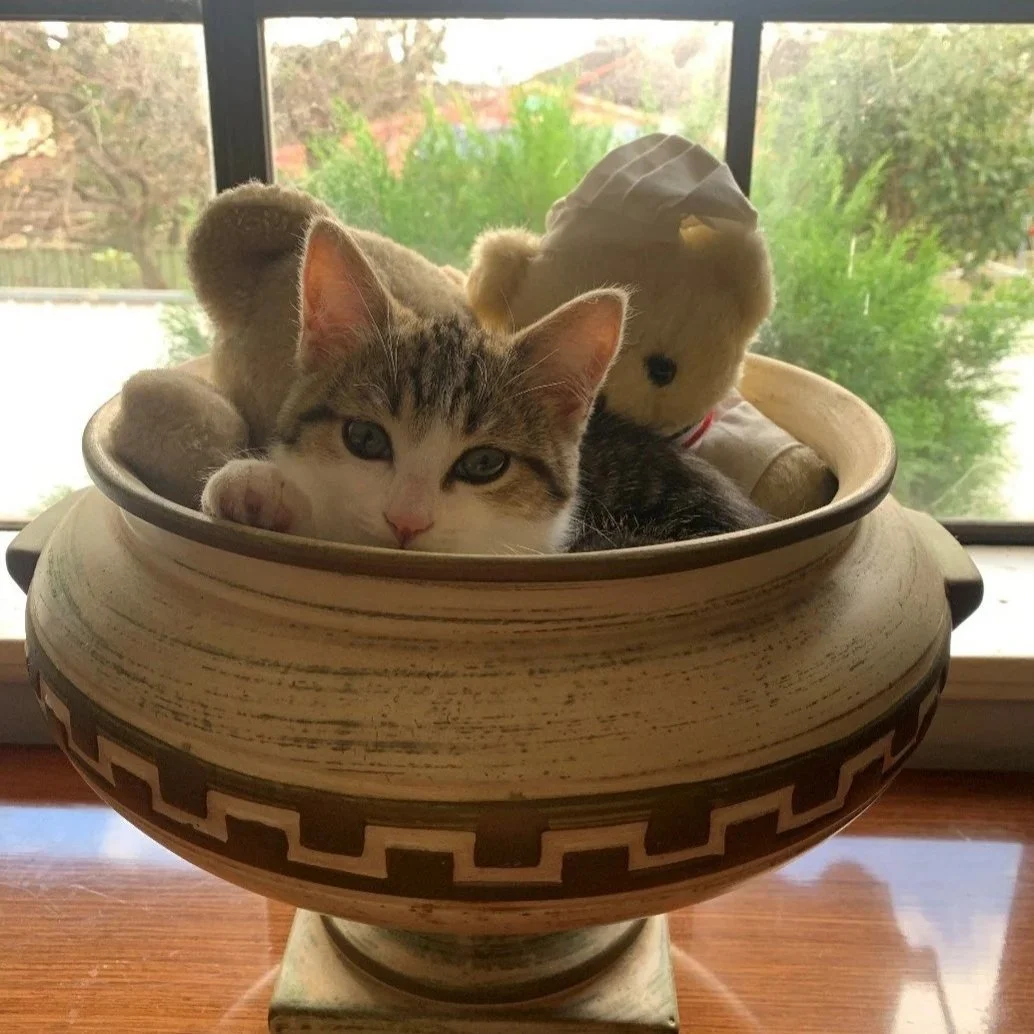Pets in Strata: What are the Best Pets for Apartment Living?
Owning a pet in a strata or community-title building is absolutely possible, but it does require some careful thought. Choosing the right type of pet for apartment living and understanding your responsibilities as an owner are key to maintaining harmony in a shared space.
This guide covers what to consider when selecting a pet for strata living, how to navigate strata by-laws, and what it means to be a respectful and responsible pet owner. With the right approach, you can enjoy the benefits of pet ownership while still being a great neighbour.
Choosing the Right Pet for Apartment Life
A lot of strata owners assume that apartments aren’t a good place to keep pets, as most units have limited space and generally don’t have an easily accessible outdoor area for animals like cats and dogs to roam free. However, many pets are able to thrive in strata buildings. The key is finding an animal that fits your space.
Small to medium-sized dogs, cats, rabbits, guinea pigs, and even some birds can adapt well to apartment life if their needs are met. Low-energy breeds, indoor-friendly animals, or pets that don’t require large outdoor spaces are usually easier to manage in strata settings.
But, before you decide to keep a pet in your apartment, it is incredibly important to consider your building’s specific rules, your lifestyle, and how much time you can dedicate to exercise, training, and enrichment. A thoughtful choice will make life easier for both you and your neighbours.
Dog Breeds that Thrive in Apartments
If you're looking to keep a dog in your apartment, consider a small to medium-sized breed that’s known for being calm, quiet, and friendly. Popular choices for strata living include:
Cavalier King Charles Spaniel
Small-sized dogz, known for being gentle and affectionate.
Pug
Small-sized dogs, known for being sociable and affectionate.
Greyhound (yes, really)
Medium-sized dogs, known for being quiet and surprisingly low-maintenance.
French Bulldog
Small-sized dogs, known for being calm and low-energy.
Toy Poodle
Small-sized dogs, known for being intelligent and low-shedding.
Remember: Even “lazy” dogs need daily walks and mental stimulation. Without them, even the calmest dogs can become restless or develop behavioural issues, which can lead to noise complaints or damage in a shared living environment.
Best Cats for Strata Living
If you're looking to keep a cat in your apartment, consider a breed that’s calm, sociable, and comfortable in smaller indoor spaces. Some of the best breeds for apartments include:
Ragdoll
Medium-sized cats, known for being relaxed and affectionate.
Domestic Shorthair
Medium-sized cats, known for being adaptable and low-fuss.
British Shorthair
Medium-sized cats, known for being calm and low-maintenance.
Russian Blue
Medium-sized cats, known for being gentle and intelligent.
Tip: Cats love to climb and explore. A great way to provide them with extra space in a small apartment is to think vertically! Adding tall scratching posts, shelves, or window perches can give them more opportunities to explore your apartment.
Small Pets & Caged Campanions
If you don’t have the space for a cat or dog in your apartment, there are plenty of other smaller animals you can keep, which are quiet, low-odour, and better suited to small units. Some great optipns for smaller pets include:
Budgies & Cockatiels
Require limited floor space and are known for being social and easy to train.
Fish
Relatively low-maintenance pets that are quiet and calming to look at.
Guinea Pigs & Rabbits
Intelligent and curious animals, known for being gentle and low-noise.
Remember: Even caged pets need enrichment! While they may not be as high maintenance as a cat or dog, they are far from “set and forget” pets. Be sure to clean their area regularly, provide them with mentally and physically stimulating toys and activities, and show them just as much love and attention as any other pet.
Understanding the Rules for Pets in Strata
Before you welcome a pet into your apartment, it's essential to understand your strata scheme’s rules around pet ownership. In NSW, recent reforms have reinforced the rights of owners and tenants to keep pets, but there are still important steps and conditions to be aware of.
As of 1 July 2025, strata schemes can no longer unreasonably refuse a request to keep a pet. Blanket bans on animals are not allowed. However, approval may still be required, and your owners corporation can set reasonable conditions — especially if the pet might cause issues for neighbours or shared areas.
Common requirements in strata by-laws may include:
Specifying the type, size or number of pets permitted
Requiring written approval before a pet moves in
Enforcing leashing rules in common areas like hallways, lifts, or gardens
Managing noise, behaviour, and hygiene to prevent nuisance
Setting obligations for cleaning up pet waste
Even though the law supports responsible pet ownership in strata, the owners corporation can still refuse approval if there’s clear evidence that the pet would cause unreasonable interference — for example, repeated noise complaints or property damage.
To avoid disputes, always:
Check your by-laws before making any pet-related decisions
Seek approval in writing
Be transparent about the type of pet, its behaviour, and how you plan to meet any conditions
Understanding the rules upfront helps protect your rights as a pet owner and supports a harmonious relationship with your neighbours and the wider strata community.
Dealing with Disputes around Pets in Strata
Even in pet-friendly buildings, misunderstandings and complaints can arise — especially in close living quarters where noise, shared spaces, and differing expectations can lead to tension. If you find yourself in a dispute involving your pet, try to resolve it early and respectfully.
Start with a calm, friendly conversation. Many issues can be sorted quickly with a simple chat and a willingness to listen. If that doesn’t resolve things, it helps to know the right steps to take:
Check your by-laws to understand your rights and responsibilities
Keep a record of any ongoing concerns, including dates and times of incidents
Speak to your strata manager or committee if informal conversations don’t help
Use formal channels like the NSW Civil and Administrative Tribunal (NCAT) if needed — they can help mediate strata disputes
Remember: Most disputes can be resolved with good communication. The best way to avoid escalating these kinds of issues is to remain calm and have an open discussion.
Keeping a Pet and Keeping a the Peace
Even the cutest pets can cause issues if etiquette isn’t followed. Here are some tipes for being a more responsible pet owner in a shared-living community.
4. Keep Pets Clean and Healthy
Stay up to date on vaccinations and flea treatments
Regular grooming reduces shedding and smells
Trim nails to avoid damage to floors or furniture
Visit the vet promptly if there are any signs of illness or behavioural changes
5. Communicate With Neighbours
Introduce your pet with a friendly hello can prevent complaints
Be open to feedback if someone raises a concern
Act quickly if your pet is causing disruption
Encourage respectful conversation and work with your strata committee
1. Control Noise
Train your dog to reduce barking (especially when left alone)
Leave toys or a puzzle feeder when out
Consider doggy daycare or a walker if you're away all day
Use soft flooring or mats to reduce sound (and paws tapping!)
2. Respect Common Areas
Always use a lead in lifts, lobbies, and shared gardens
Carry small pets in a carrier through communal areas
Don’t allow toileting in foyers, paths, or carparks
Never leave your pet unattended on a balcony
3. Clean Up, Always
Pick up after your dog every time
Clean up any mess immediately in shared spaces
Regularly clean litter boxes and pet bedding
Keep balconies tidy if your pet uses the space
Real Apartment Wins
This article was inspired by a number of questions we received in our Strata Q&A regarding pets in strata, so it’s only right that we feature the pets that made it happen. Here are some of the ways our subscribers are helping their pets live their best apartment lives!
Lily’s Cat
Lilly adopted a quiet shorthair after getting strata approval. With a scratching tree, indoor plants (safe ones only!), and sunny window spots (from the vase), “Pudding” lives her best life, and neighbours barely notice she’s there.
Alex & Jake’s Kelpie
“Dash” the one eared kelpie has the benefit of his own doggy door fitted to the fixed panel courtyard window done with the help of a by-law arranged by a strata lawyer. Dash can dash around his own area and amuse himself all day in between sleeps.
Vera’s Balcony Bunny
Vera’s built a removable enclosure using artificial grass, fencing panels, and a small hutch for her rabbit “George”. It's stylish, safe, and strata-approved.
Jim & Mel’s Irish Wheaten Terrier
Jim and Mel trained “Spud” their female Wheaten with a daily morning walk, food puzzles, and an afternoon Kong filled with treats. The neighbours praised how calm she is even when home alone.
With the right choice of pet, a little planning, and consideration for your neighbours, pets and apartment living can go hand-in-paw. Whether you’re welcoming a cat, a budgie, or a well-behaved pup, following good pet etiquette ensures everyone, including your furry friend, feels right at home.
Reminder: If you are thinking of keeping a pet in your apartment, be sure to check with your strata manager or review your by-laws first.




























